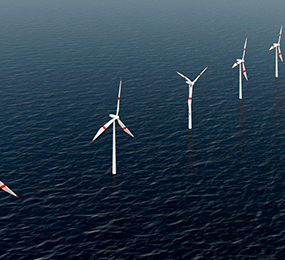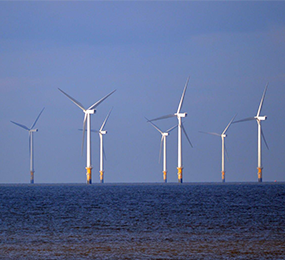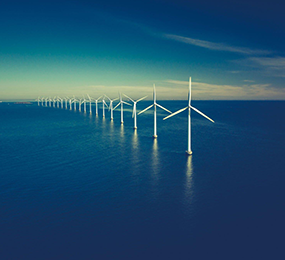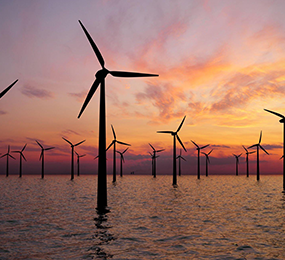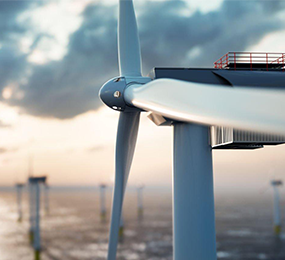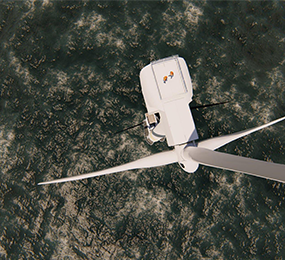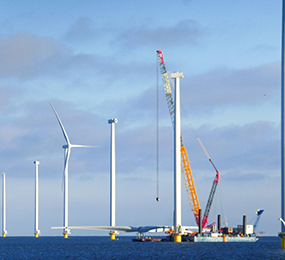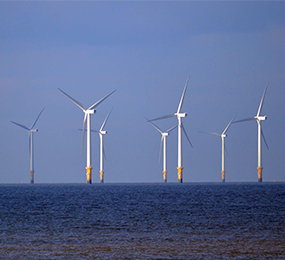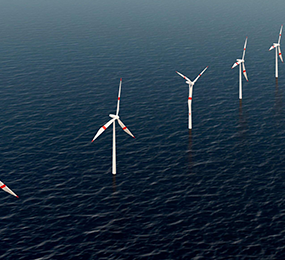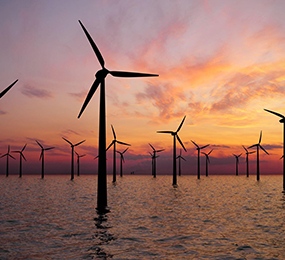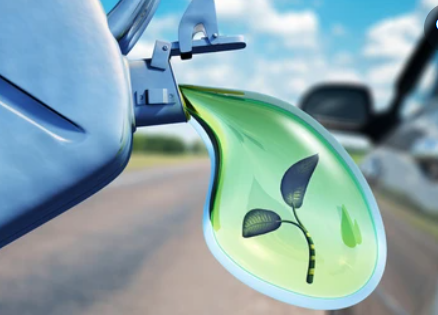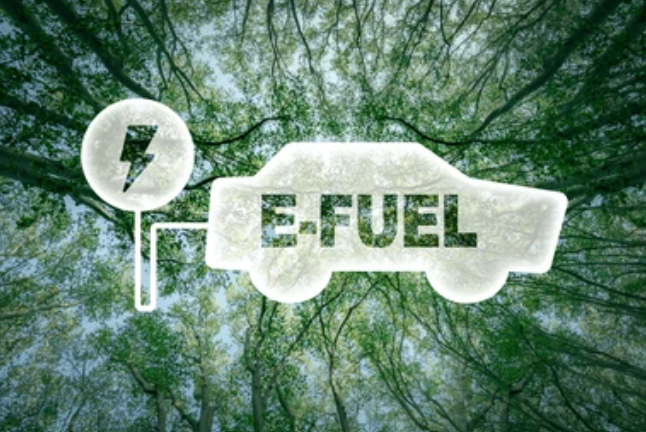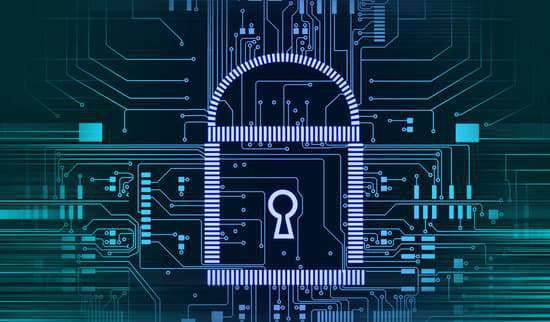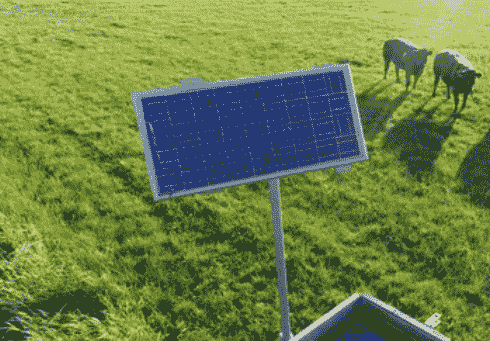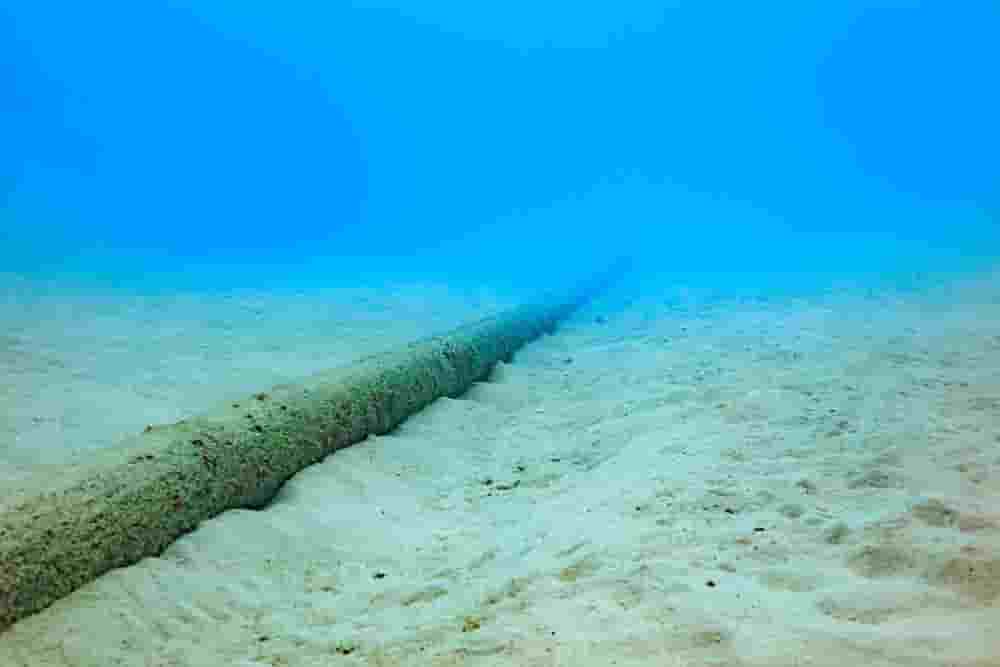Floating Wind Supply Chain and Port Infrastructure
THE SUPPLY CHAIN
The design, manufacture, installation, and operation of a floating wind farm is a complicated puzzle with an extended supply chain comprising various interfaces.
It is critical to choose experienced specialists (e.g. design-houses, fabrication contractors, transportation and installation contractors etc.).
The significance of obtaining experienced expert contractors should not be ignored.
Development
Once a site has been identified and a lease has been obtained, the developer will begin all of the preliminary work required to bring the project through to completion and operation. There are several duties that must be completed; however, they may be divided into four categories:
1. Surveying the location and doing desk-based studies (including wind resource, wave, and current evaluations, as well as bird, marine mammal, fish, benthos, coastal, geotechnical, and geophysical studies)
2. Work approval and planning (including undertaking the Environmental Impact Assessment, engaging with stakeholders and applying for planning permission)
3. 3. Work in design and engineering (including initial feasibility studies, concept and detailed design)
4. 4. Business and legal work (developing the business case, obtaining land agreements, obtaining financing, grid connection agreements, etc.)
Wind generators
Historically, floating wind turbines were copies of onshore turbines modified for the maritime environment; however, floating-specific designs have arisen in the last ten years. The primary distinction is that they are substantially larger, but they also place a higher emphasis on dependability and longevity in a hostile environment (given the challenges of getting to site in case of downtime).
The following are the major components of the supply chain:
1. Turbine assembly
2. Blades
3. Forgings and castings
4. Powertrain (gearboxes and generators)
5. Towers
Structures of support/foundations
The wind turbine is supported by a base that is normally attached to the seabed; however, some floating designs are emerging.
The choice of foundation is influenced by a variety of site-specific criteria such as water depth, ground conditions, turbine diameter, and wave loads. The competence of the local fabrication and installation supply chain will also influence foundation selection and design.
Infrastructure and vessel installations
A floating wind farm requires four unique primary installation processes: turbines, foundations, cables, and the floating substation. Each has its own set of technological hurdles, necessitating the use of specialized vessels. An installation port coordinates installation work.
Maintenance and operations
The operation and maintenance phase of a wind farm necessitates a wide range of tasks. Onshore and floating logistics, day-to-day maintenance of the floating assets (turbines, foundations, electrical components), and operation and back office administration in accordance with the functioning of a big (wind) power plant are all part of the job. The majority of the effort is devoted to meeting the wind turbines' regular and unscheduled maintenance needs.
Infrastructure at the Port
To analyze the appropriateness of port infrastructure for floating wind activities, it is necessary to first identify the expected project requirements within the region (termed the demand).
1. wind turbine MW capabilities
2. project MW capacities
3. minimum distance to current substation
4. water depth
5. foundation types evaluated and projected masses
6. required for a floating substation
Physical standards for floating wind ports are frequently more stringent than those for more typical goods. Wind turbine components are massive constructions that exert high bearing forces on the ground surface and need a significant amount of storage space at the port. The most prevalent example is ground bearing capacity in the storage area and at the quayside; several of the down-selected ports will need soil strength enhancements before they can fully accommodate floating wind project development.
Vessels
There are many types of vessels used in floating wind farm construction, each with its own set of limits, construction duties, and port access needs.
In these conditions, activities must be rigorously controlled, and special attention must be paid to good practice recommendations on the governance of such circumstances to protect the safety of all personnel, boats, and equipment.
Strategy for Installation
The installation approach will specify the vessel needs, and hence the port features necessary to allow vessel operation. Clearly, arriving at an all-encompassing Installation Logistics solution is a multi-dimensional puzzle since vessel availability and port availability within the local supply chain are also significant considerations in designing the approach.
Join us as we bring together experts, practitioners, stakeholders, and leaders from Europe and across the world to debate ways to reduce costs, explore supply chain opportunities, and analyze the role of innovation and progress in infrastructure.
In addition, numerous sessions will present and debate various elements of floating wind, ranging from market trends to financing options, technical obstacles, regulations and legislative initiatives, and best practices.
Visit our website to know more: https://bit.ly/3WI81v2
For more information and group participation, contact us: [email protected]
Leadvent Group - Industry Leading Events for Business Leaders!


